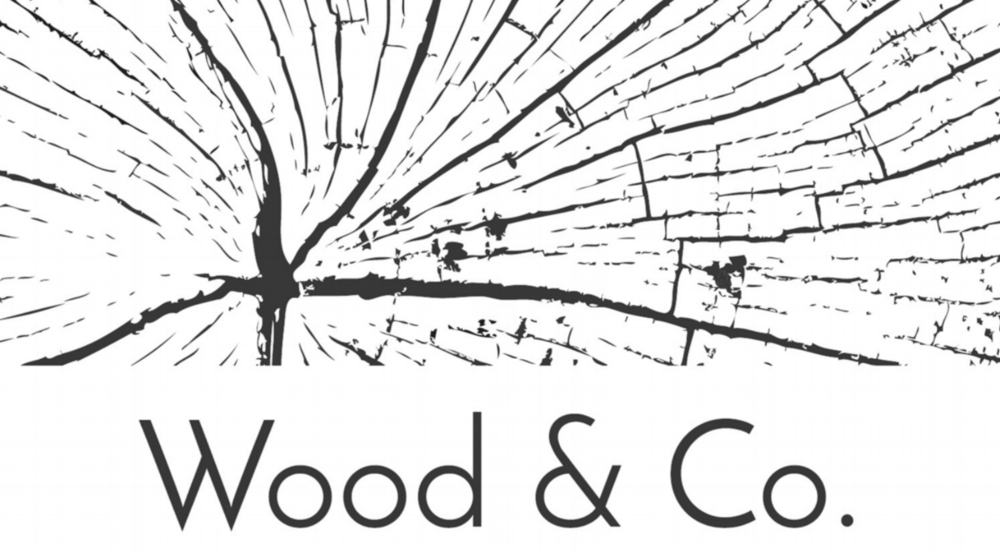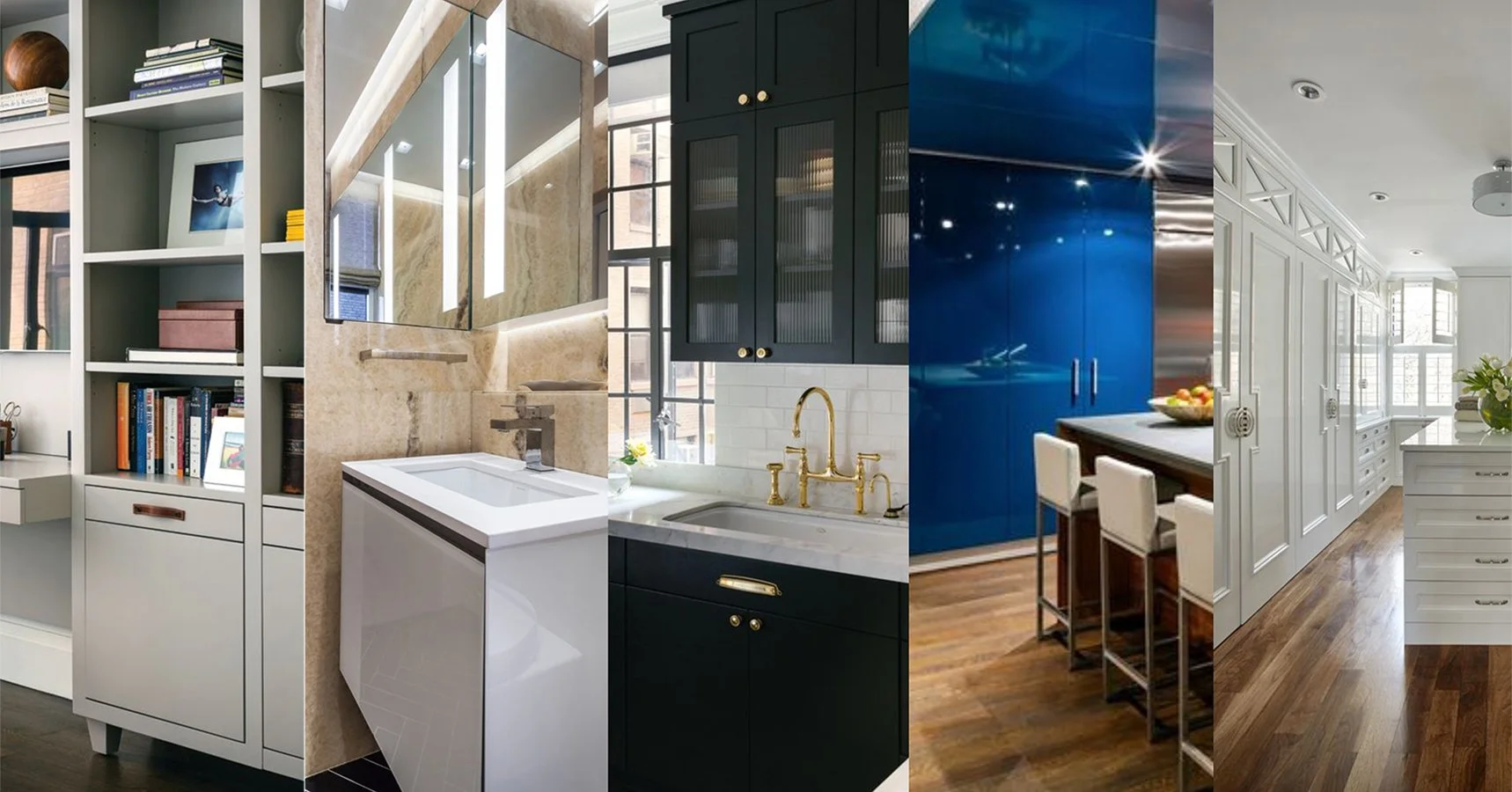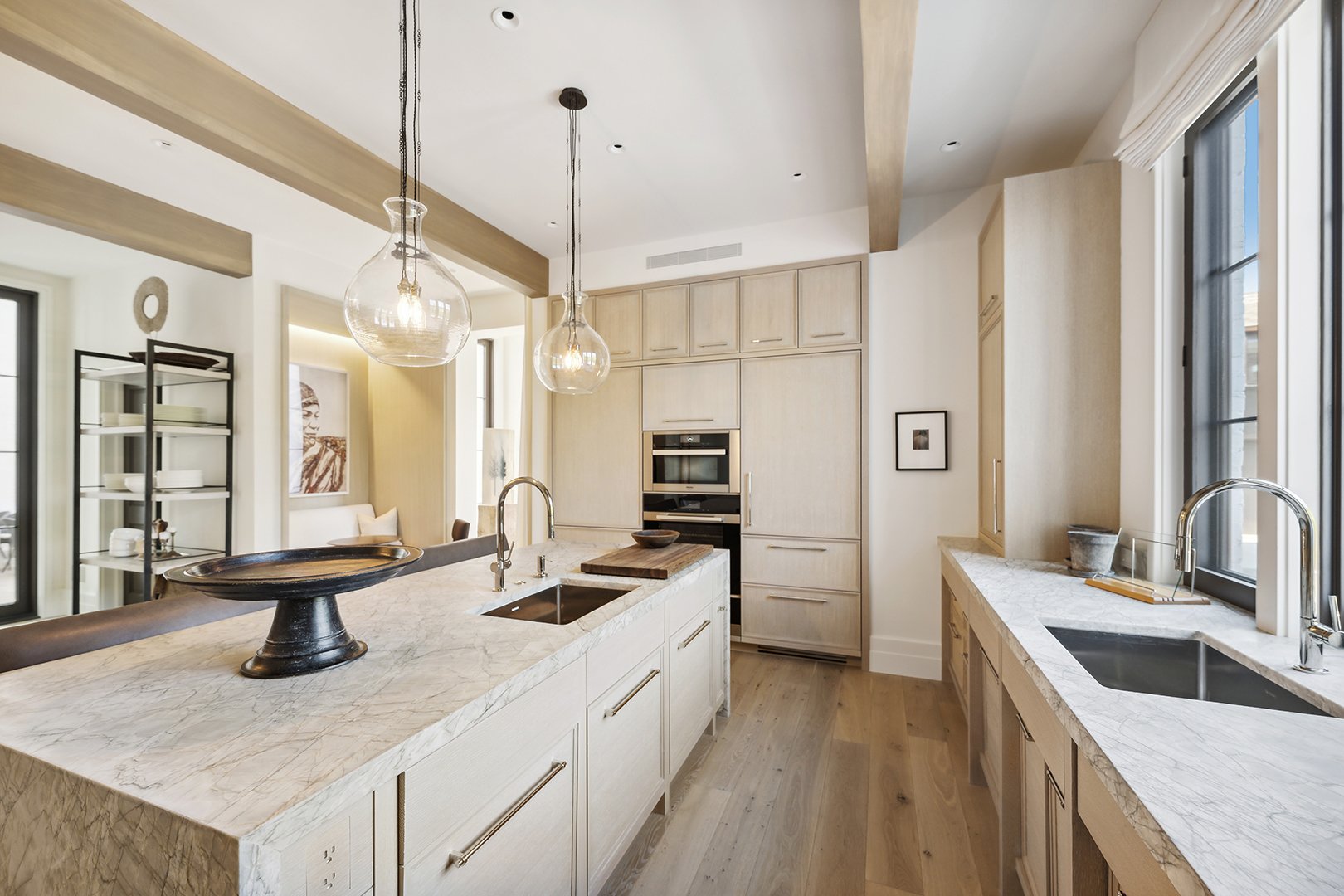Both in your kitchen and bathroom, your countertop can become the anchor or focal point of your room’s design. Functional and aesthetically pleasing, it’s an essential element to consider for your new home or renovation. Thankfully, we have more choices than ever. There’s now a long list of varying countertop materials that can suit multiple styles, functions, and price points. We’ve compiled a list of some of the most common types often used in today’s residential kitchens and bathrooms.
Natural Stone
When we imagine our dream kitchen or bathroom, we often envision them having a beautiful marble or granite countertop. Materials such as marble, granite, slate, and soapstone are all natural stones. Granite is easily the most popular option for kitchen countertops. They’re highly durable, and naturally resistant to scratches and stains. Marble and Soapstone, in comparison, require more care and maintenance. Marble, in particular, is porous and will stain easily unless treated with a sealer. The allure of natural stone countertops, regardless of type, is in its unique patterns and the luxurious appearance that comes with it.
Photo by Roam In Color on Unsplash
Engineered Stone
Engineered stone or quartz composite is another common countertop material. As the name implies, this is a man-made product. It typically contains about 90% crushed quartz, which is then held together with a binding material. This allows it to be formed into virtually any shape or size, and in limitless colors or patterns. It’s even possible to replicate the appearance of natural stones. Unlike certain natural options, however, engineered stone countertops are better at resisting stains, scratches, and heat. It also doesn’t need to be regularly sealed. The main draw of this material is its endless array of choice, giving you a good-looking material that stands up to heavy use.
Photo by Michael Browning on Unsplash
Solid Surface
Solid surface is another man-made material that’s frequently being used as countertops. You may know them by brands that manufacture them such as Corian, Wilsonart, or Staron. They’re made using a blend of synthetic materials such as acrylic and polyester. They often come in uniform colors with a matte finish. Like engineered stone, they can also be formed to whatever size or shape you need. They’re also available in a multitude of colors to match any design need. It’s also easy to maintain, resists stains, and scratches can be sanded out. However, it’s not very resistant to heat, thus it can be damaged by hot pans. It’s more budget-friendly than natural stone, which is a good option for mid-range kitchens or if you have a lot of counter space to cover.
Wood
Also called a “butcher’s block counter”, wood countertops impart that alluring warm and rustic quality we all know and love. It offers a different type of charm than the seemingly colder stone options, and works with both traditional and modern styles. It’s a fairly durable material especially when given proper care. Scratches can easily be buffed out. Wood can be sanded and refinished to give it a fresh new look. But without regular maintenance, wood is prone to cracking, and bacteria can become an issue. It has to be oiled and sealed often. If not properly installed and given enough space to expand and contract, it can also warp. If you’re looking to add warmth into your spaces and don’t mind the extra maintenance, then wood will be a good option for you.
Photo by Mikael Cho on Unsplash
Concrete
Concrete counters offer a level of uniqueness that can give you a highly customized look that fits well in contemporary design styles. It can be color-tinted and acid-stained, giving you various color options aside from the standard gray. It can also be stamped, etched, and formed allowing it to be customized to your needs. It’s highly resistant to scratching and impervious to heat. It does, however, crack especially when it’s poured in place instead of pre-cast. These hairline cracks occur naturally in concrete as it settles, but they are fairly easy to repair. Being a porous material, it’s susceptible to stains. Concrete can be sealed to additives can be used to reduce porosity, but flaws will still show to some degree. Concrete is also very heavy, which needs to be taken into consideration when the cabinets are made as they will have to support this weight. While the materials that make up concrete are quite cheap, it requires a lot of labor to properly implement which drives up the price. Concrete countertops have this worn-in, rugged, and industrial quality that’s difficult to replicate with most other materials, which explains why it continues to be a popular option despite its downsides.
Thank you for Visiting Wood and Co
Photo by Adam Winger on Unsplash














